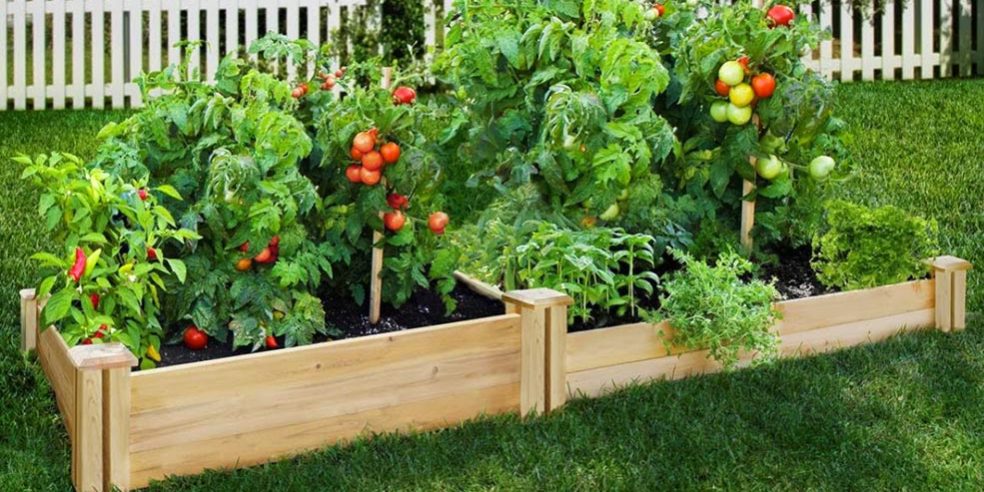Tip of The Month
Had trouble with fungi or nematodes in your garden? This is the time to take care of them. Prepare the bed for fall planting now. Add fertilizer and organic matter, water, and then cover with a large piece of at least 4 mil clear plastic (an old shower curtain works great). Use clear plastic instead of black to allow the sun light through. Use heavy plastic to prevent the sun from degrading it during the process. “Solarize” the infested soil for 6 weeks. Temperatures under the plastic will reach 140 degrees F, killing many fungi spores, nematodes, and weed seeds. Don’t worry about your earth worms or other beneficials, they will move out when it starts to heat up, but they’ll come back in droves.
Average Rain: 0.9 inches
Record: 6.5 inches (1911)
Average High: 105.9 degrees
Lowest High: 79 degrees (1911)
Record High: 121 degrees (1995)
Average Low: 81 degrees
Highest Low: 93 degrees (1989)
Record Low: 63 degrees (1912)
Note: Rainfall and temperatures vary widely within the valley depending upon elevation and microclimate.
Turf
- Plant Bermuda lawns during the active growing season, May through August.
- Fertilize Bermuda grass lawns each month beginning late April or early May with 1/2 pound of actual nitrogen per 1,000 square feet.
- Apply six ounces of Iron per 1,000 square feet per month.
- Apply one inch of water per week to Bermuda lawns.
- Once every two or three years dethatch Bermuda lawns if necessary. Only dethatch during the active growing season, May through August. This enables the turf to quickly recover.
Vegetables
- Plant Seeds
- Beans (Pinto& Snap), Corn, Armenian Cucumbers, Melons (Cantaloupe, Muskmelon), Pumpkins, Winter Squash, Sunflowers
- Plant Transplants
- Peppers, Tomatoes
- Place Shade Cloth Over Tomatoes
Roses
- Cut back on fertilizing established roses to encourage plants to slow down for the hot summer
- Water deeply as temperatures climb
- Hose off plants in the early morning to increase humidity and control spider mites
Fruit and Nut Trees
- Pick early-maturing deciduous fruit varieties, which are particularly prone to bird damage, before full maturity. Ripened at room temperature to lessen the bird peck loss.
- Cover fruit trees to protect from birds
- Apply nitrogen and zinc to pecan trees to produce normal size leaf growth and to enhance kernel development. Pecans also need more water than most other shade trees
Landscape Plants
- Increase water application as the weather warms. June is the driest month. Pay attention to irrigation needs of plants.
- Apply mulch to the ground around heat sensitive plants keep the roots cooler and prevent evaporation.
- Apply chelated iron to bottle brush, pyracantha, silk oak, and other plants with iron deficiency symptoms.
- Prune palms when flower spathes show or delay pruning until after the palm has finished flowering to prevent infestation of Palm Flower caterpillars. If palms are pruned in the spring, leave the top five rows of peels so the caterpillars have a place to hide.
- Cut off spent blooms to stimulate rebloom
- Native and imported heat tolerant plants can be planted right through the summer months. They will need to be watered on a regular basis until fall.
- Transplant palms in the heat of the summer for best results
- Protect newly transplanted trees from heavy winds and dust storms by staking carefully
Damage is Noticed on the Fruit
- Tomato Bloom Drop and failure to set fruit
- Hot air and dry temperatures cause the blooms to drop off and the pollen to dry up. The pollen of many vegetables, including tomatoes is not viable once the temperatures get over 90 degrees. Provide shade. Nurse the plants through the summer and they will begin producing again in the fall. Or pull them out and plant new ones in the late summer for fall production.
Tomatoes have a large soft rot at the blossom end of the fruit
- Vegetables are not setting fruit
- Many of our helpful European honey bees have been annihilated by people trying to protect themselves from
-
-
- . In addition, many
-
bees have been killed by mites
-
- . As a result they are not available to assist with pollination. Squash, melons, cucumbers and other vegetables that have separate male and female flowers will benefit from hand pollination. Early in the morning use a cotton swab to take pollen from the male flower and place it female flower.
Damage is Noticed on the Leaves
- Leaves are abnormally yellow but the veins are still green
- Leaf Drop
- Seasonal Leaf drop is normal intensified by hot, dry weather
- Leaves of vegetables being eaten by snails, slugs, cabbage loopers, or birds.
- A shiny little bug is destroying Mexican Evening Primrose, Dichondra, or vegetables
- The leaves or needles have yellow spots or stippling. Leaves are stunted and twisted. There is a fine webbing between leaves.
- Tomatoes and other vegetables experience “failure to thrive.” There are little nodules on the roots.
- Bermuda grass is turning yellow-brown and dying in patches, there are tiny white flecks in the soil around the roots
- There is a gray or white powdery substance on plants
- Seedlings and bedding plants wilt and die suddenly
Damage is Noticed on the Stem or Trunk
Pines are dying back from the tips
This is a probably a physiological response. Check the soil near the trunk. Those with circling roots exhibit the worst symptoms.
- Leaves, twigs (and in advanced stages, branches) of pears and pyracantha are dying back from the tips with a scorched appearanc
- There are brown balls/galls on the stems of oleander
- Dry, thin bark cracks and splits to reveal black, powdery spores. Foliage above the wound is sparse and leaves may be small. Eventually branches die back to the canker.
- Saguaro cactus has large black patches that are oozing and smell terrible
- Whole tree, or significant portion of plant died suddenly, the leaves turned brown but did not fall off.
Damage is Noticed on the Roots
- Tomatoes and other vegetables experience “failure to thrive.” There are little nodules on the roots.
- Bermuda grass is turning yellow-brown and dying in patches, there are tiny white flecks in the soil around the roots
Cultural / Environmental Questions
- Tomato Bloom Drop and failure to set fruit
- Hot air and dry temperatures cause the blooms to drop off and the pollen to dry up. The pollen of many vegetables, including tomatoes is not viable once the temperatures get over 90 degrees. Provide shade. Nurse the plants through the summer and they will begin producing again in the fall. Or pull them out and plant new ones in the late summer for fall production.
- Leaf Drop
- Seasonal Leaf drop is normal intensified by hot, dry weather
- Pines are dying back from the tips
- This is a probably a physiological response. Check the soil near the trunk. Those with circling roots exhibit the worst symptoms.
Insect/Pest Questions
- Many of our helpful European honey bees have been annihilated by people trying to protect themselves from
- Vegetables are not setting fruit
bees have been killed by mites
As a result they are not available to assist with pollination. Squash, melons, cucumbers and other vegetables that have separate male and female flowers will benefit from hand pollination. Early in the morning use a cotton swab to take pollen from the male flower and place it female flower.
- Leaves of vegetables being eaten by snails, slugs, cabbage loopers, or birds.
- A shiny little bug is destroying Mexican Evening Primrose, Dichondra, or vegetables
- The leaves or needles have yellow spots or stippling. Leaves are stunted and twisted. There is a fine webbing between leaves.
- Tomatoes and other vegetables experience “failure to thrive.” There are little nodules on the roots
- Bermuda grass is turning yellow-brown and dying in patches, there are tiny white flecks in the soil around the roots
- What are those things that look like roaches on steroids?
- There are tiny little white flies everywhere!
- What is making that incredibly loud noise?
Disease Questions
- There is a gray or white powdery substance on plants
- Seedlings and bedding plants wilt and die suddenly
- Leaves, twigs (and in advanced stages, branches) of pears and pyracantha are dying back from the tips with a scorched appearance
- There are brown balls/galls on the stems of oleander
- Dry, thin bark cracks and splits to reveal black, powdery spores. Foliage above the wound is sparse and leaves may be small. Eventually branches die back to the canker.
- Saguaro cactus has large black patches that are oozing and smell terrible
- Whole tree, or significant portion of plant died suddenly, the leaves turned brown but did not fall off.
Source: https://cals.arizona.edu/maricopa/garden/html/t-tips/july.htm
A&P Nursery For All Your Gardening Needs
With 4 east valley locations our team can help you find the perfect trees and plants to take your landscape from ordinary to extraordinary. In addition to selling trees and plants we partner with companies that will plant your trees or plants and care for them as long as you wish. That means all you need to do to get your landscape looking it’s best is stop by and browse our trees, choose your favorite, and leave the rest of the work to the pros.
Call or stop by one of our 4 locations today!




